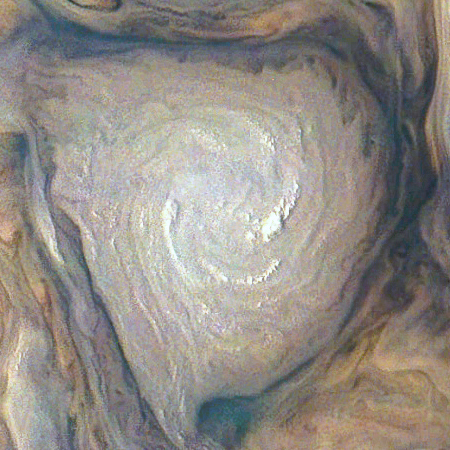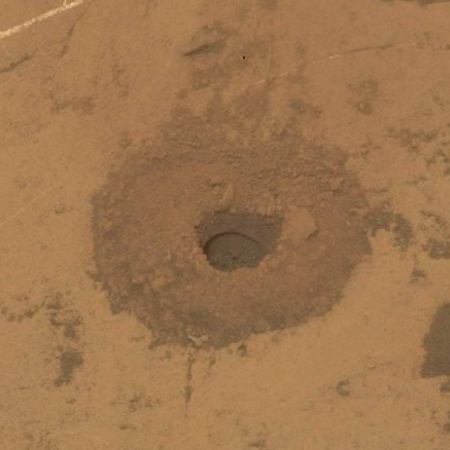Link here. The article is a very well-written and detailed description of the large doubts held by many paleontologists about the theory that a single asteroid/comet impact in Mexico caused the entire dinosaur extinction 65 million years ago. Key quote:
Ad hominem attacks had by then long characterized the mass-extinction controversy, which came to be known as the “dinosaur wars.” Alvarez [the man who first proposed the impact theory] had set the tone. His numerous scientific exploits—winning the Nobel Prize in Physics, flying alongside the crew that bombed Hiroshima, “X-raying” Egypt’s pyramids in search of secret chambers—had earned him renown far beyond academia, and he had wielded his star power to mock, malign, and discredit opponents who dared to contradict him. In The New York Times, Alvarez branded one skeptic “not a very good scientist,” chided dissenters for “publishing scientific nonsense,” suggested ignoring another scientist’s work because of his “general incompetence,” and wrote off the entire discipline of paleontology when specialists protested that the fossil record contradicted his theory. “I don’t like to say bad things about paleontologists, but they’re really not very good scientists,” Alvarez told The Times. “They’re more like stamp collectors.”
Scientists who dissented from the asteroid hypothesis feared for their careers. Dewey McLean, a geologist at Virginia Tech credited with first proposing the theory of Deccan volcanism, accused Alvarez of trying to block his promotion to full professor by bad-mouthing him to university officials. Alvarez denied doing so—while effectively bad-mouthing McLean to university officials. “If the president of the college had asked me what I thought about Dewey McLean, I’d say he’s a weak sister,” Alvarez told The Times. “I thought he’d been knocked out of the ball game and had just disappeared, because nobody invites him to conferences anymore.” Chuck Officer, another volcanism proponent, whom Alvarez dismissed as a laughingstock, charged that Science, a top academic journal, had become biased. The journal reportedly published 45 pieces favorable to the impact theory during a 12-year period—but only four on other hypotheses. (The editor denied any favoritism.)
In 1999, almost twenty years ago, I wrote a long article for a magazine called The Sciences describing this very same debate, including the efforts at the journal Science to push the impact theory and damage the careers of any dissenters. At the time I found the doubts by paleontologists to be widespread, backed up by lots of very credible evidence, including the fundamental data from the fossil record, which simply did not show an instantaneous extinction.
I also discovered that the planetary science community and many in the press were responding not with good science but with ad hominem attacks aimed at destroying anyone who disagreed with the impact theory. I also discovered that the editor at The Sciences who was assigned to edit my piece did not want me to reveal these facts. He was very liberal, had bought into the impact theory, as well as global warming, and like so many liberals I have met in my life he preferred squelching facts rather than allowing the facts to speak. In this case, he was not the editor in charge, and was unable to prevent my article’s publication, as I wanted it written.
Now twenty years later, the same debate continues, though under the radar because of the successful public relations effort by those on the impact theory side to bury the debate. If you were to ask almost any ordinary citizen what caused the extinction of the dinosaurs, they would immediately say a asteroid/comet impact, and would assume that all scientists agree. Sadly, that is not the case, and has never been the case.
Read the article. It details this story quite nicely, and reveals once again the corruption that began permeating the science community in the 1980s and now warps so much research.



